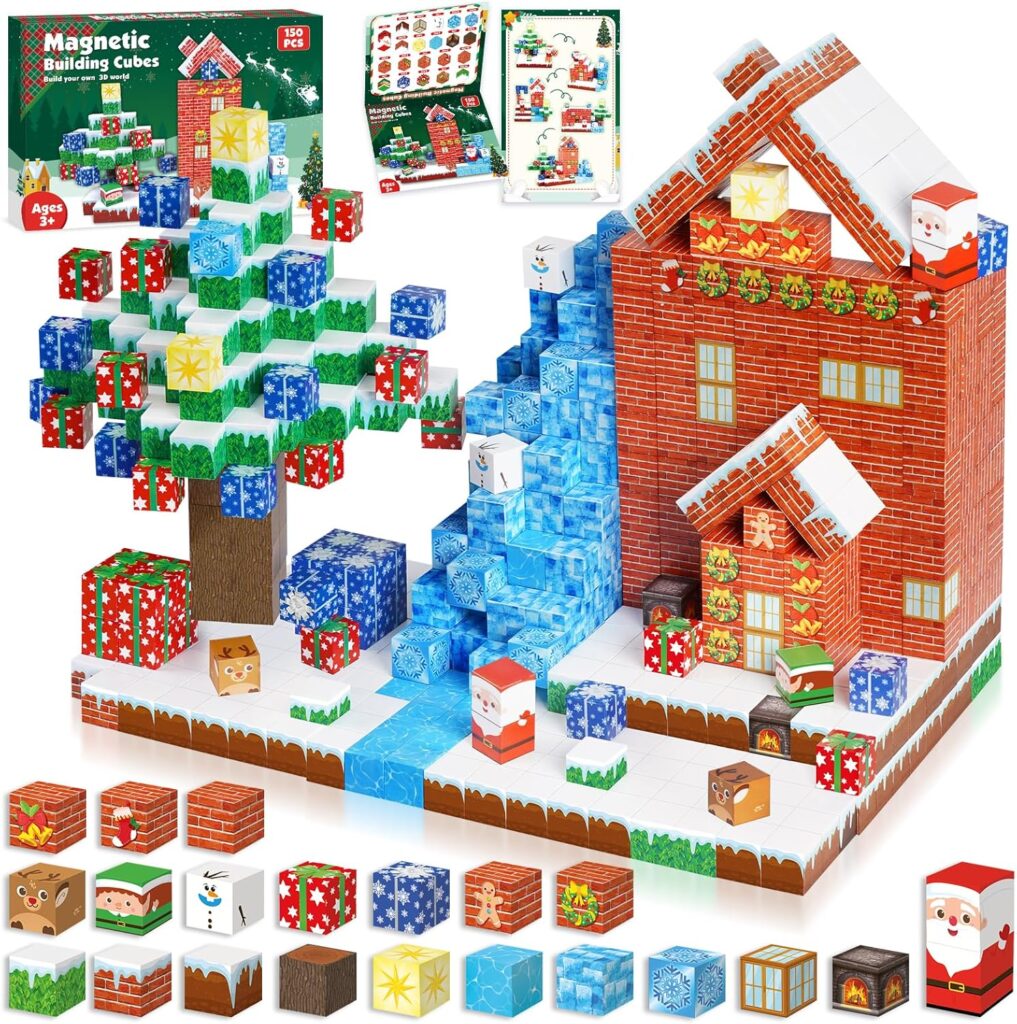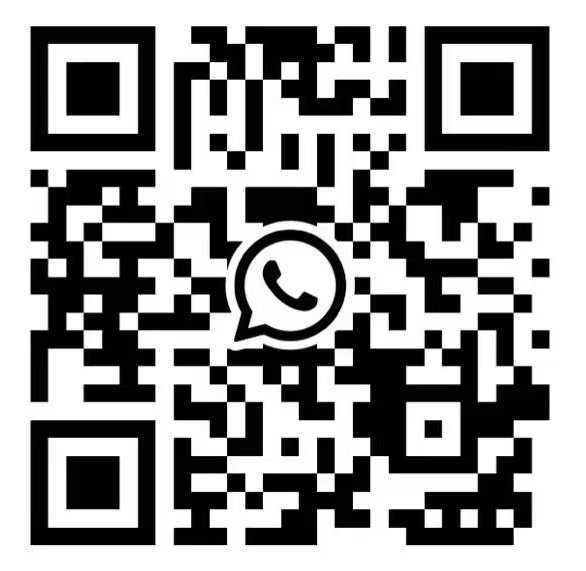Introduction
Magnetic building blocks have revolutionized playtime for children and educational settings worldwide. These versatile toys combine creativity with science, allowing users to construct endless structures using magnetic forces. In the global market, especially in B2B foreign trade, magnetic building blocks from China remain a top choice due to their quality and affordability.
As a staple in educational toys, they foster skills like problem-solving and spatial awareness. This article delves into their introduction, internal structure, magnetic principles, and addresses export concerns from China, ensuring you have all the information needed for informed business decisions.
Product Introduction
Magnetic building blocks are sets of geometric shapes, such as cubes, triangles, and wheels, embedded with magnets. They are designed for children aged 3 and above, though adults enjoy them for stress relief or architectural modeling. Popular brands from China offer sets ranging from 50 to 500 pieces, made from non-toxic ABS plastic for durability and safety.
These products stand out in the toy industry for their dual purpose: entertainment and learning. They encourage STEM (Science, Technology, Engineering, and Mathematics) education by demonstrating real-world physics. In B2B contexts, exporters highlight customization options, like themed sets or branded packaging, to appeal to wholesalers and retailers globally.
Key features include vibrant colors, smooth edges to prevent injuries, and compatibility with other block systems. With growing demand in markets like the US, Europe, and Asia, magnetic building blocks generated over $1 billion in global sales last year, making them a lucrative export item.
Internal Structure Analysis
The internal structure of magnetic building blocks is engineered for both functionality and safety. At the core, each block contains neodymium magnets, which are powerful rare-earth magnets encased in protective plastic housing. This housing prevents direct exposure and reduces the risk of pinching or swallowing hazards.
Dissecting a typical block reveals a multi-layer design: an outer shell of high-impact plastic, an inner foam or rubber buffer to absorb shocks, and the magnet positioned centrally for optimal alignment. Manufacturers in China use precision molding techniques to ensure magnets are securely fixed, minimizing the chance of detachment during play.
Quality control is paramount in production. Blocks undergo rigorous testing for magnet strength, typically measured in gauss units, and structural integrity. For instance, a standard cube might feature four embedded magnets at each corner, allowing for 360-degree connectivity. This design not only enhances stability but also extends the toy’s lifespan, making it ideal for repeated use in schools or homes.
In B2B supply chains, understanding this structure helps buyers specify requirements, such as magnet size or material composition, to meet regional standards. Chinese factories often provide detailed schematics, ensuring transparency and ease of integration into international trade.
The Principle of Magnetic Toys
Magnetic toys like building blocks operate on the fundamental principles of magnetism, a branch of physics that explains how certain materials attract or repel each other. At the atomic level, magnets have north and south poles, and opposite poles attract while like poles repel, enabling blocks to snap together effortlessly.
The core principle involves ferromagnetic materials, such as iron or neodymium, which create magnetic fields when aligned. In magnetic building blocks, these fields allow pieces to connect without adhesives, promoting intuitive assembly. This hands-on experience helps children grasp concepts like polarity and force fields in a fun way.
Safety is integrated into the design through controlled magnetic strength. For example, magnets are calibrated to exert just enough force for connection but not so much as to cause injury if mishandled. Advanced sets may include educational guides explaining electromagnetism, linking play to real applications like MRI machines or electric motors.
In the B2B sector, the magnetic principle drives innovation. Exporters from China leverage this technology to create specialized products, such as magnetic educational kits for classrooms or therapeutic toys for sensory development. Understanding these principles can guide businesses in marketing the toys’ benefits, emphasizing their role in enhancing cognitive skills.
Navigating Export Policies for Magnetic Building Blocks from China
One common concern for businesses is whether the magnets in building blocks affect export policies. Rest assured, magnetic building blocks can be exported normally from China, as long as they comply with international safety standards. China’s export regulations, overseen by bodies like the General Administration of Customs, do not prohibit magnets in toys when they meet guidelines such as EN71 (European standards) or ASTM F963 (US standards).
These standards address potential risks, like small parts or strong magnets, by requiring thorough testing for toxicity and choking hazards. Chinese manufacturers have adapted by incorporating certified magnets that pass these tests, ensuring products are safe for global markets. For instance, the magnets used are often rated for low ingestion risk, with sizes exceeding the small parts criterion.
In recent years, policies have become more streamlined. The China National Toy Association supports exporters with compliance resources, including certifications like CCC (China Compulsory Certification). This means that as long as your supplier follows best practices, such as using lead-free materials and providing product testing reports, exports face no undue restrictions.
For B2B traders, this opens opportunities in regions with high demand for safe toys. Exports from China reached record levels in 2023, with magnetic toys accounting for a significant portion. By partnering with reliable manufacturers, businesses can navigate customs smoothly, avoiding delays and maintaining competitive edges in the global market.
Frequently Asked Questions (FAQ)
What are the main benefits of magnetic building blocks for children?
Magnetic building blocks enhance creativity, improve fine motor skills, and introduce basic physics concepts. They are particularly valuable for STEM education, helping kids aged 3-10 develop problem-solving abilities through hands-on play.
How do manufacturers ensure the magnets are safe?
Safety measures include encasing magnets in durable plastic, conducting strength tests, and adhering to international standards like EN71. This prevents hazards such as magnet separation or accidental ingestion.
Are there any restrictions on exporting magnetic toys from China?
No major restrictions apply if products meet safety certifications. Chinese exports of magnetic toys continue without issues, as long as exporters provide documentation like test reports and comply with destination country regulations.
What makes Chinese magnetic building blocks competitive in the global market?
Chinese manufacturers offer high-quality products at lower costs due to advanced production techniques and economies of scale. They also provide customization, quick turnaround, and reliable shipping options for B2B clients.
How can businesses verify the internal structure quality before purchasing?
Request detailed product specifications, sample units, or third-party audits from suppliers. Reputable Chinese exporters often share factory tours via video or provide lab reports to build trust.
Conclusion
In summary, magnetic building blocks represent a dynamic blend of fun, education, and innovation, with their internal structures and magnetic principles making them a standout product. From China’s efficient manufacturing and compliant export processes, businesses can confidently source these toys without policy hurdles. By understanding their design and benefits, traders can capitalize on global demand, fostering growth in the B2B sector while prioritizing safety and quality.




